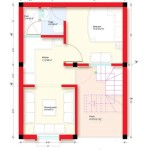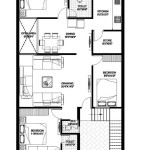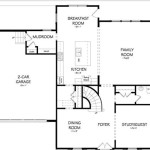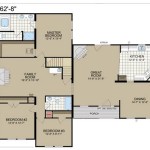Tiny House on Foundation Plans: A Comprehensive Guide
Tiny houses offer a unique approach to sustainable and efficient living. By living in a compact, well-designed space, you can reduce your environmental impact, save money, and enjoy a simpler, more fulfilling lifestyle.
Building a tiny house on a foundation can provide several advantages. A foundation provides a stable base for your home, protecting it from the elements and ensuring its longevity. It also allows for additional living space in the form of a basement or crawl space, which can be used for storage, utilities, or even as a guest room.
Choosing a Foundation Type
There are several different types of foundations to choose from for your tiny house, including:
- Concrete slab: A concrete slab is a simple and cost-effective option, providing a solid base for your home.
- Crawl space foundation: A crawl space foundation provides additional height for utilities and storage, but is more expensive than a concrete slab.
- Basement foundation: A basement foundation offers the most space for storage, utilities, and even living areas, but is the most expensive option.
The type of foundation you choose will depend on your budget, the soil conditions on your property, and the size and design of your tiny house.
Foundation Plans
Once you have chosen a foundation type, you will need to create foundation plans. These plans should include:
- The shape and size of the foundation
- The depth and thickness of the concrete or other materials
- The location of any footings or piers
- The location of any plumbing or electrical lines that will run through the foundation
It is important to have your foundation plans reviewed by a qualified engineer to ensure that they are structurally sound.
Building the Foundation
Once you have your foundation plans, you can begin building the foundation. This process typically involves excavating the site, pouring concrete, and installing any necessary footings or piers.
It is important to follow the foundation plans carefully and to use high-quality materials to ensure the stability and longevity of your tiny house.
Finishing the Foundation
Once the foundation is complete, you can begin finishing it. This may involve adding a concrete floor, walls, or other features to create a finished basement or crawl space.
Finishing the foundation will provide additional storage space, improve the insulation of your tiny house, and give you a more comfortable and inviting living environment.
Tiny House on Foundation Plans: Benefits
Building a tiny house on a foundation offers several benefits, including:
- Stability: A foundation provides a stable base for your tiny house, protecting it from wind, earthquakes, and other natural disasters.
- Longevity: A foundation will help to extend the lifespan of your tiny house, as it will protect it from moisture and pests.
- Additional space: A basement or crawl space foundation can provide additional storage space, utilities, or even living areas for your tiny house.
- Increased comfort: A finished basement or crawl space can provide additional insulation for your tiny house, making it more comfortable to live in all year round.
If you are considering building a tiny house, choosing a foundation type and creating foundation plans is an important step in the process. By following these tips, you can ensure that your tiny house is built on a strong and stable foundation that will last for years to come.

New Minim House Plan Set Homes

Foundation Home Cornerstone

Tiny House Foundation Types Of Foundations Construction Concrete Slab

20x20 Tiny House 1 Bedroom Bath 400 Sq Ft Floor Plans Small Layout

Tiny House Plan On Stilts 44180td Architectural Designs Plans

Affordable Tiny House 18 X 28 Adu In Law Cabin Israel

Foundation Home Cornerstone

Tiny House Floor Plans 32 Home On Wheels Design

Building A Tiny House On Foundation What You Need To Know Before Build The Life

Tiny House For On Foundation 400 Sqft Luxury Home Affordable Chalet 44 000 00 Building Plans Small Floor








